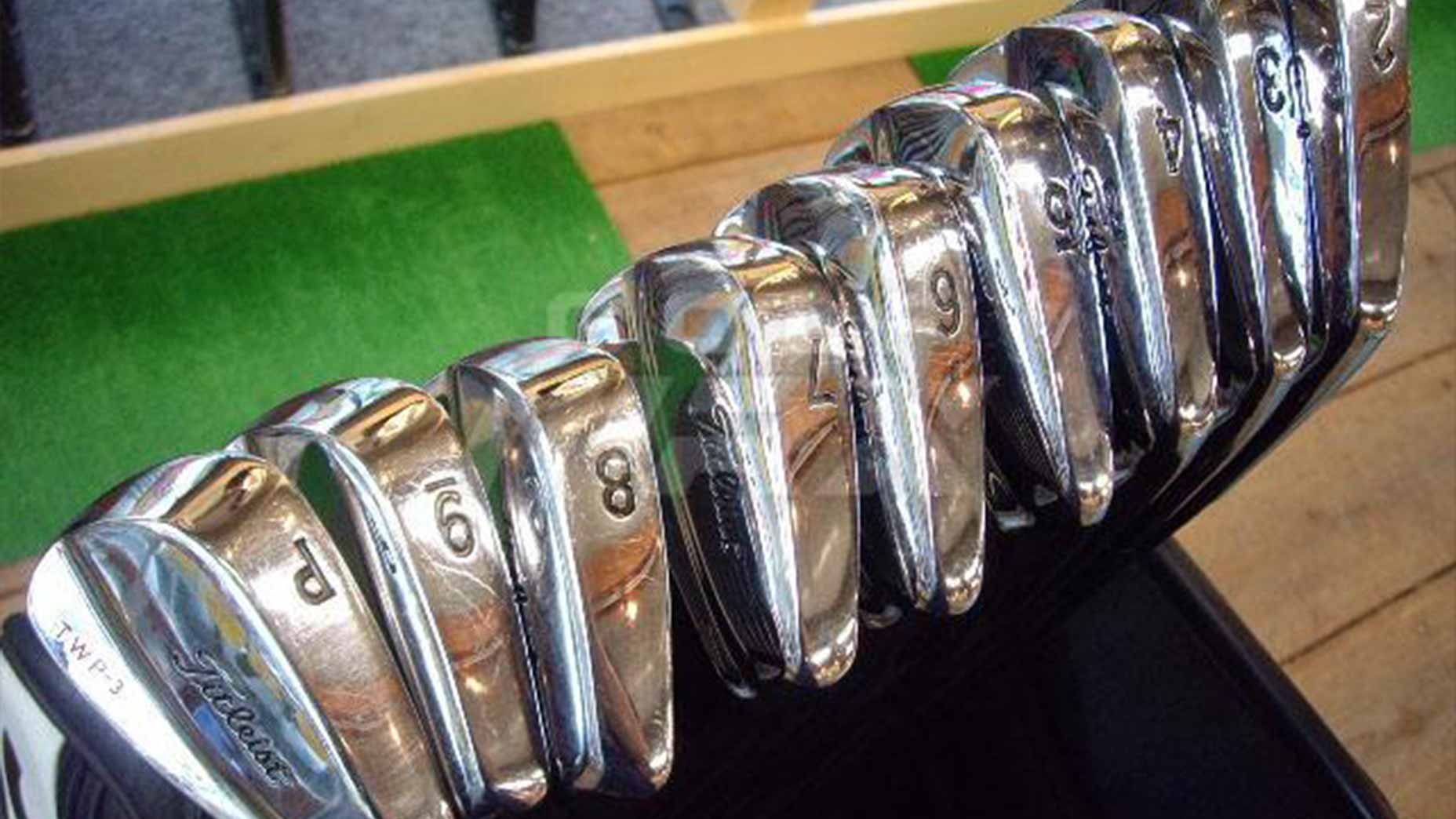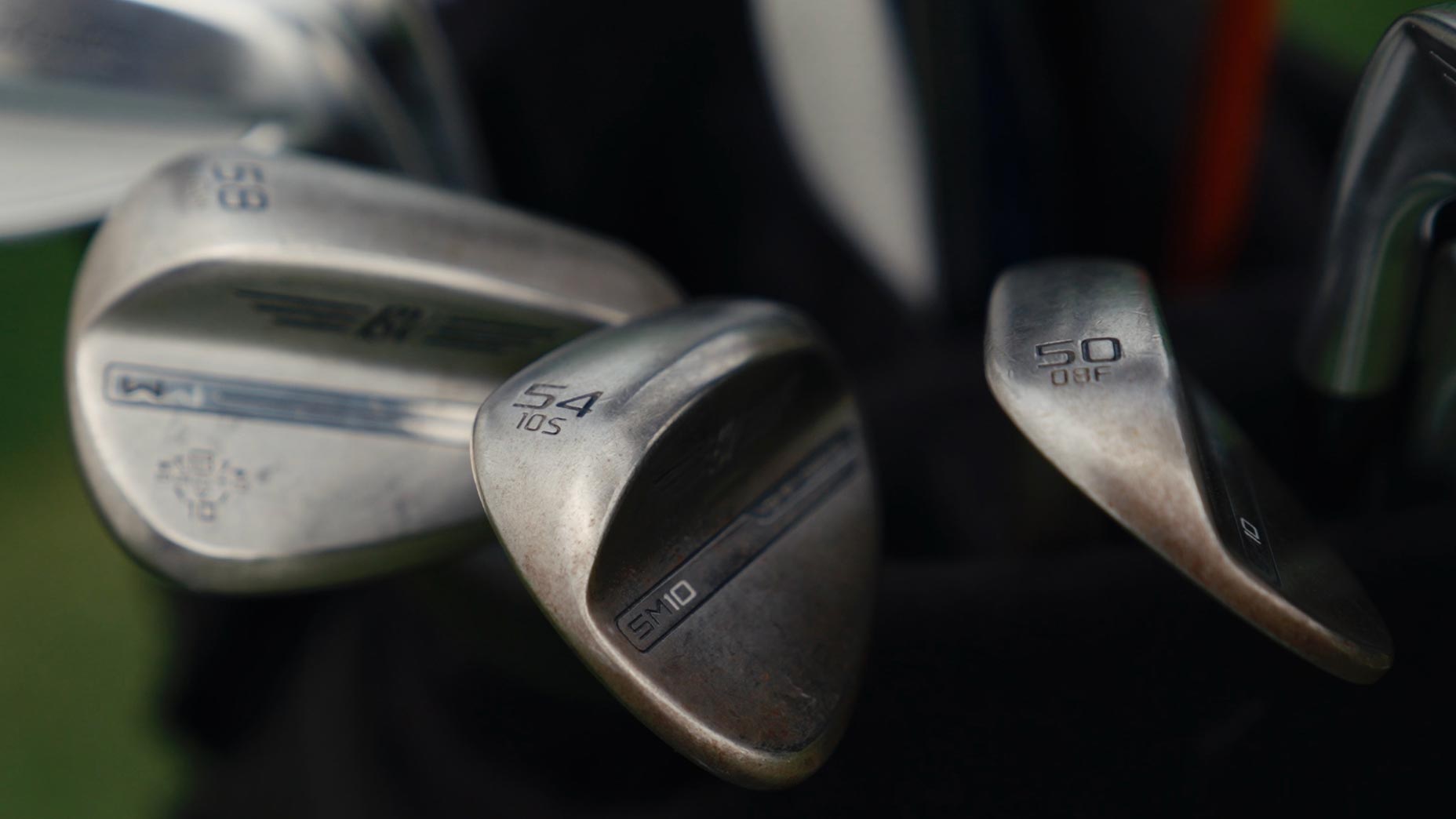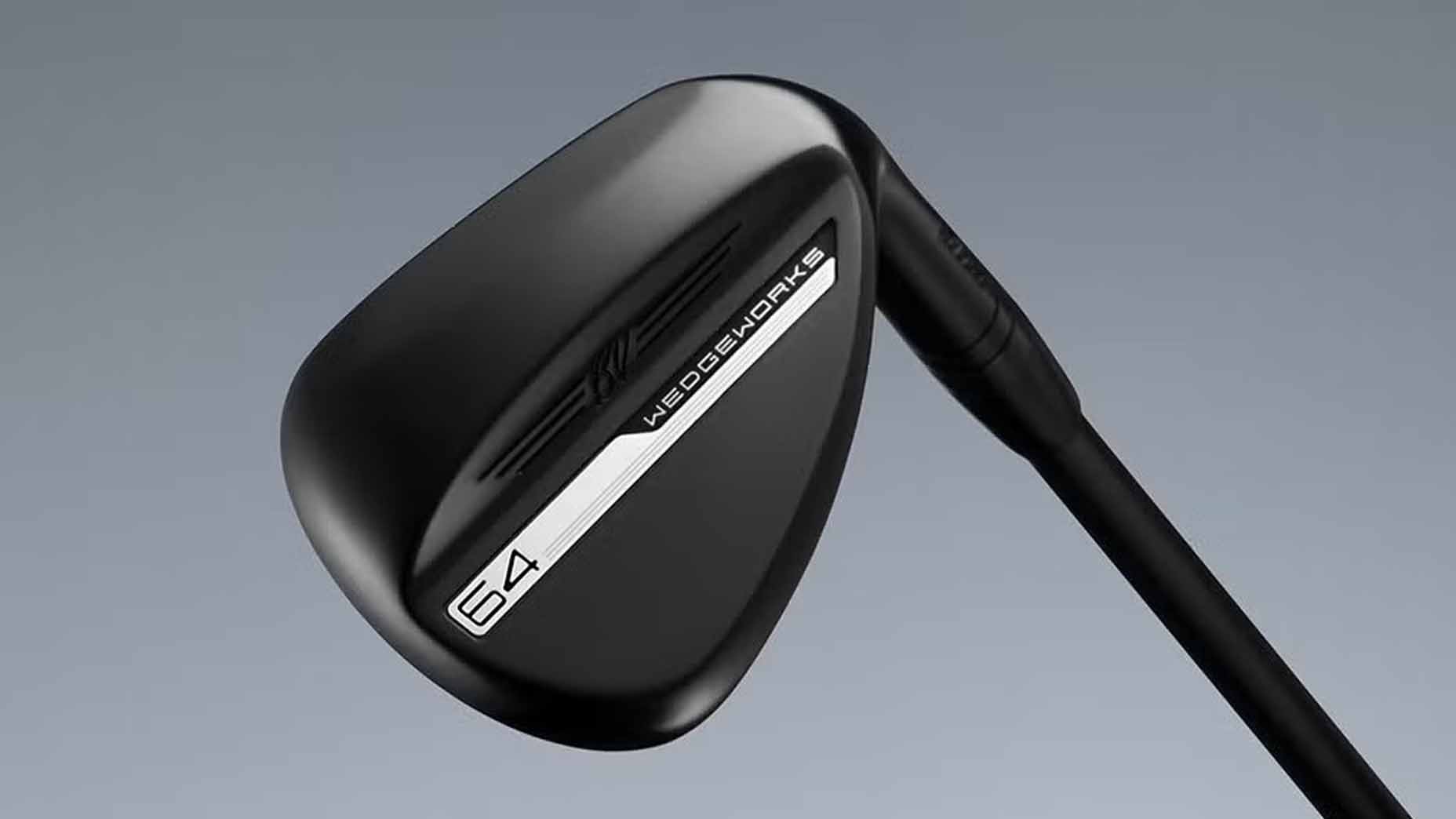Realizing everyone doesn’t have time to consume endless content on club launch day, we’re offering a fresh version of our detailed tech write-up that focuses on the high points. Here’s what you need to know about Titleist’s GT2 and GT3 ($399 and $599) fairway woods that will be available through Fairway Jockey beginning 8/23.
The f word
Tom Bennett, Titleist’s principal product manager for metalwoods, uses plenty of f-words to describe the new GT2 and GT3 fairway woods. Before your mind starts to wander, be assured these are all words you can say without getting slapped — flight, face, form, feel and function. If Bennett’s team is going to create a winning club, it needs to hit all of these f-words.
Asked to pick the priority f-word for GT, Bennett quickly comes up with an answer: “We just wanted to get a little better flight.”
That’s not to say the TSR2 and TSR3 flights deserved a failing grade. Titleist simply wanted to see more differentiation — a buzzword for GT fairways — in launch and spin between models.
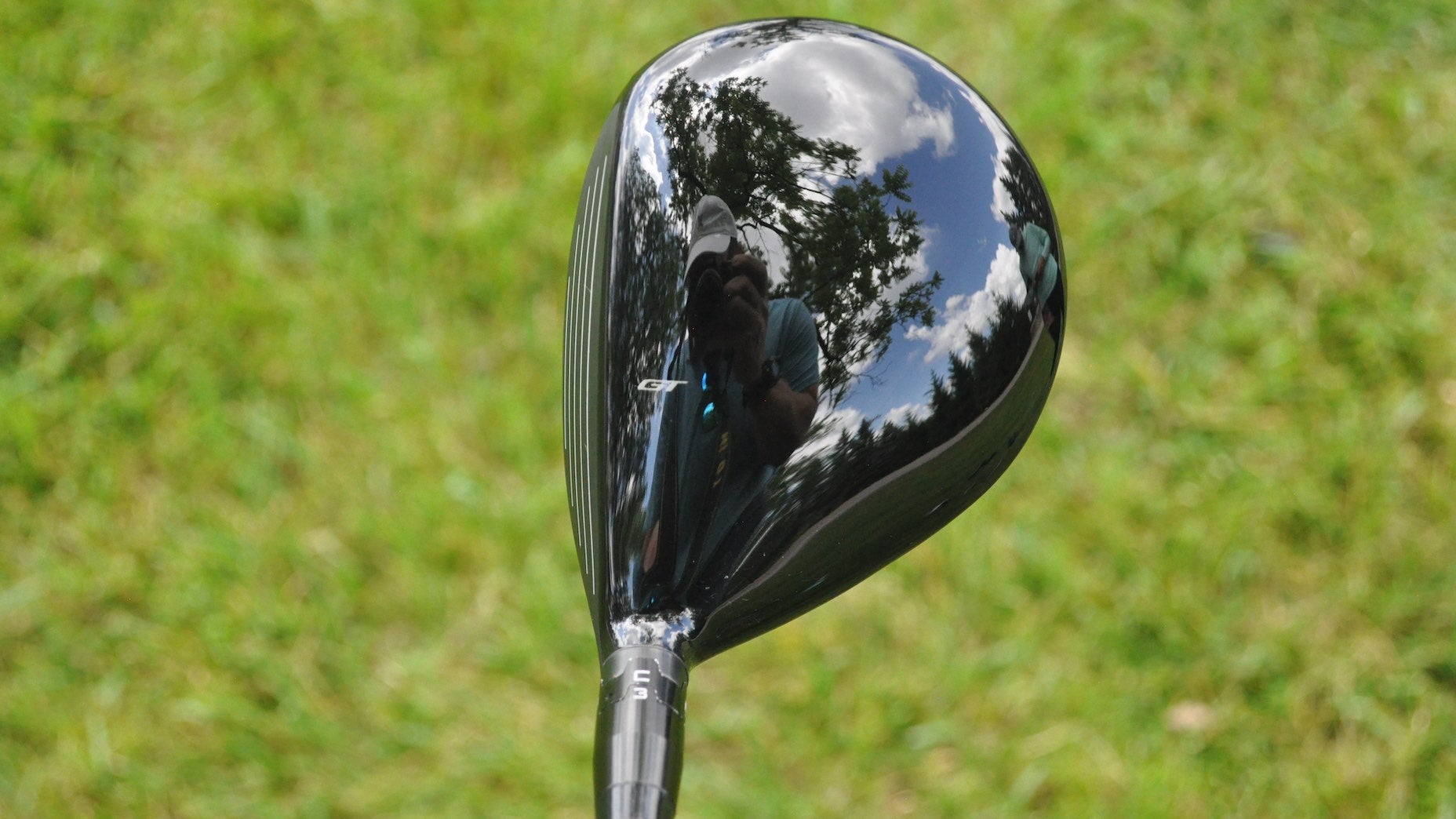
“With TSR, we lowered the CG by removing all of the internal crown structure,” Bennett told GOLF.com. “That lowered it significantly and gave us the results we wanted, but we wanted to go farther, especially with GT2. It was all about finding a way to increase height without adding spin.”
Enter Titleist’s Seamless Thermoform Crown, better known as the latest innovation found on the GT drivers. While the profile is diminutive in stature compared to the driver, R&D found the same Proprietary Matrix Polymer used to craft the crown also served a valuable purpose with the fairway woods.
“We saved about 9 grams replacing steel with PMP,” Bennett said. “The crown is thinner on fairway because it’s smaller. But we’re still able to get to the strength needed to pass the USGA’s thumb test. In terms of composite crowns in the industry, this is the thinnest one on any fairway, which was helpful in achieving our goals.”
The weight savings were used to move the center of gravity (CG) lower and forward on GT2 to achieve a higher launch with reduced spin. When the head is aft, dynamic lofting occurs and wants to add spin. And if it’s above the neutral axis, gear effect adds spin. The only way to achieve one without the other is through a CG improvement that results in an optimized flight.
For GT3, the CG was lowered slightly to increase launch, but as Bennett noted, the “Tour doesn’t have a lot of people saying they need lower spin fairways, so we tried to increase launch while keeping spin similar to TSR3.”

Titleist GT2 Custom Fairway Wood
View Product
How low can you go?
Low misses on the face remain a common problem for pros and amateurs alike. Catch one near the leading edge and you’re bound to watch it go screaming into the woods or spin into the stratosphere — if you’re lucky enough to catch a piece.
“Low on the face is a common miss,” Bennett said. “We got a lot of feedback that we could improve hits below face center, so we went to an L-Cup face that helped fix the issue in a number of ways.”
This particular L-Cup wraps around the leading edge and into the sole. It’s forged from high-strength 465 stainless steel, not cast. In this case, forging improves the overall durability and performance on low misses.
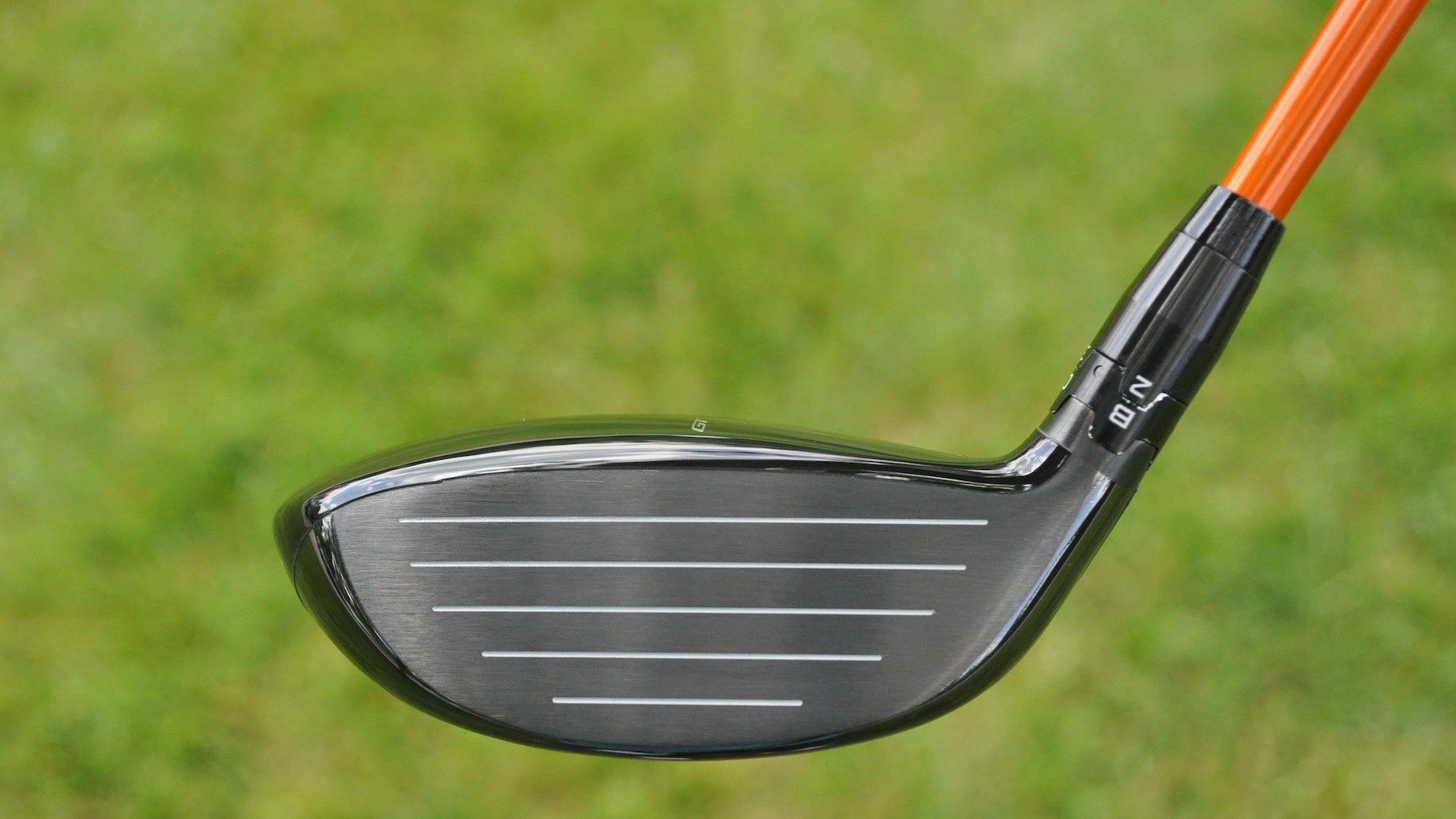
“Using a forging allows us to go thinner,” said Bennett. “When a leading edge wraps around in a casting, we have to make that area thick because there’s a lot of stress there. Cast metal isn’t as strong as a forging like this, so we were able to thin out the leading edge. That gives it compliance like you’d see in a driver face.”
While the L-Cup is designed to keep ball speeds in the same range as a center face strike, Bennett noted tour pros have reported low misses don’t have the same penalizing feel as they have in the past. Beyond the lower section of the face, the remaining surface area is comprised of a variable face thickness design that also enhances ball speeds on mishits.
And speaking of going low, Titleist also flattened out the sole radius from heel to toe. It’s a subtle change that allows it to sit flush on tight turf conditions.
“The heel and toe areas also come down,” Bennett said, “so if you do miss it on the heel, you’re basically hitting higher on the face compared to if we had more curvature. That makes it more forgiving with better feel.”
Keep ’em separated
Fairway woods are tricky business. In some cases, it makes sense to keep the performance and profiles on different planets. In other cases, placing both options right in the middle is the way to go, particularly if you’re trying to satisfy a bunch of tour pros.
“We’ve known this for a while on tour that some players prefer taller fairway woods and others prefer shallower,” said Bennett. “Because of that, we’ve historically stayed right in the middle so both sides were seeing something they could play.”
Instead of playing it safe with GT2 and GT3, Titleist chose to create more differentiation between the two models.
With GT3, the face was raised to give it a deeper profile. In turn, the bigger face gives the fairway wood a higher CT. Compared to the shallower face profile on GT2 — a look that’s ideal for golfers with a sweeping delivery — it’s practically impossible to get them mixed up in this product cycle.
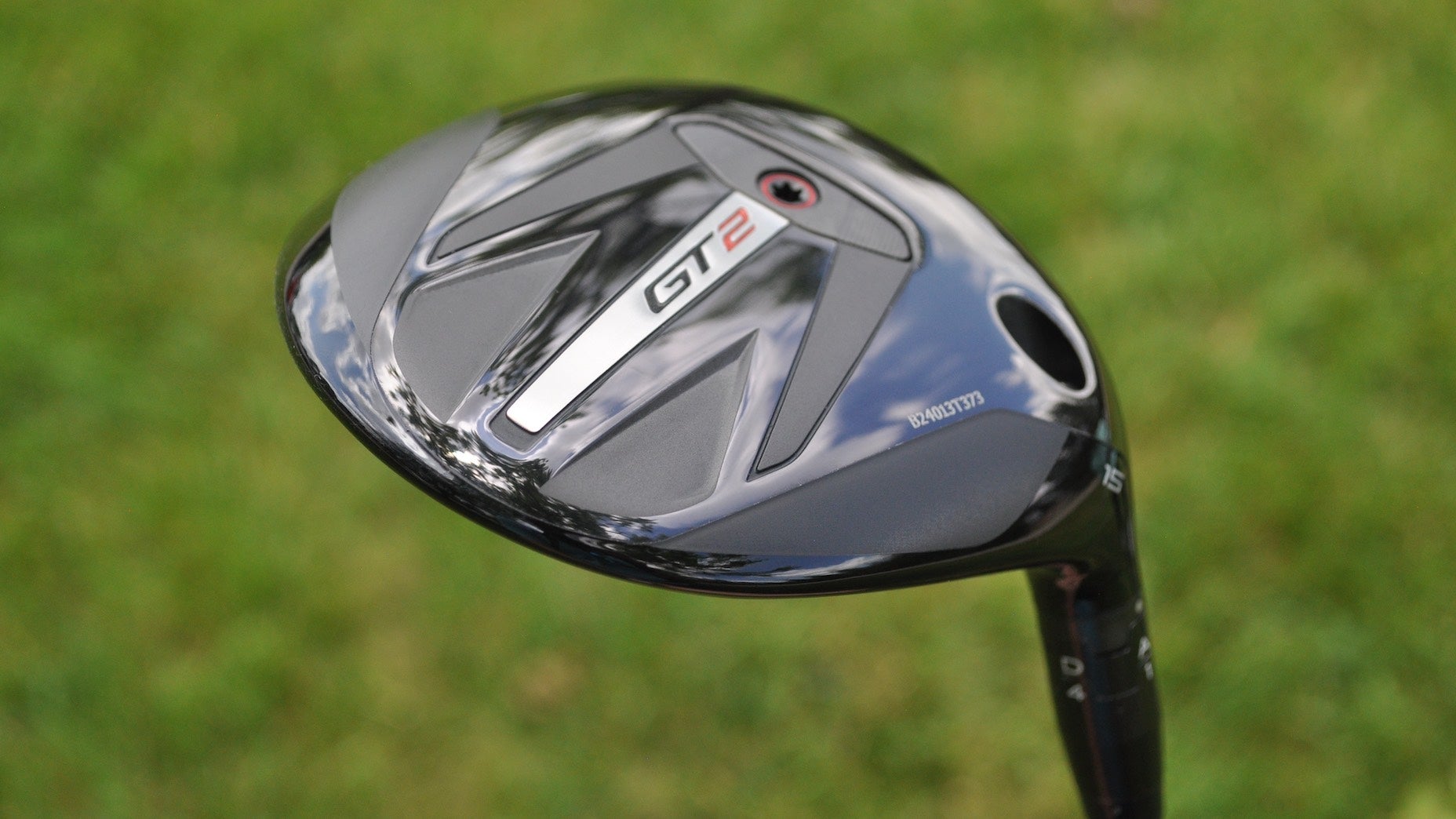
Models
The high launch, low spin GT2 is offered in five lofts (13.5, 15, 16.5, 18, 21 degrees) for golfers who want to consider the idea of going beyond the 5-wood into the ever-popular 7-wood.
Long considered the Tour version, GT3 comes in three lofts (15, 16.5, 18 degrees) and boasts a reimagined SureFit CG Track system, which allows the sliding weight to be placed in five positions: H2 (Heel), H1, N (Neutral), T1 (Toe) and T2.
And if you’re a lefty, rest easy knowing you have access to all lofts in every model. There’s no gear discrimination going on here.

Titleist GT3 Custom Fairway Wood
View Product
Shafts
At the $399 price point, four shafts are offered as part of the standard package: Project X Denali Red (mid/high), Mitsubishi Tensei 1K Blue (mid), Project X HZRDUS Black 5th Gen (low/mid) and Mitsubishi Tensei 1K Black (low).
Bump up to the “premium” build, at $599, and three Graphite Design shafts become an option: Tour AD-VF, Tour AD-DI and Tour AD-UB.
Want to overhaul your bag for 2024? Find a fitting location near you at True Spec Golf.


